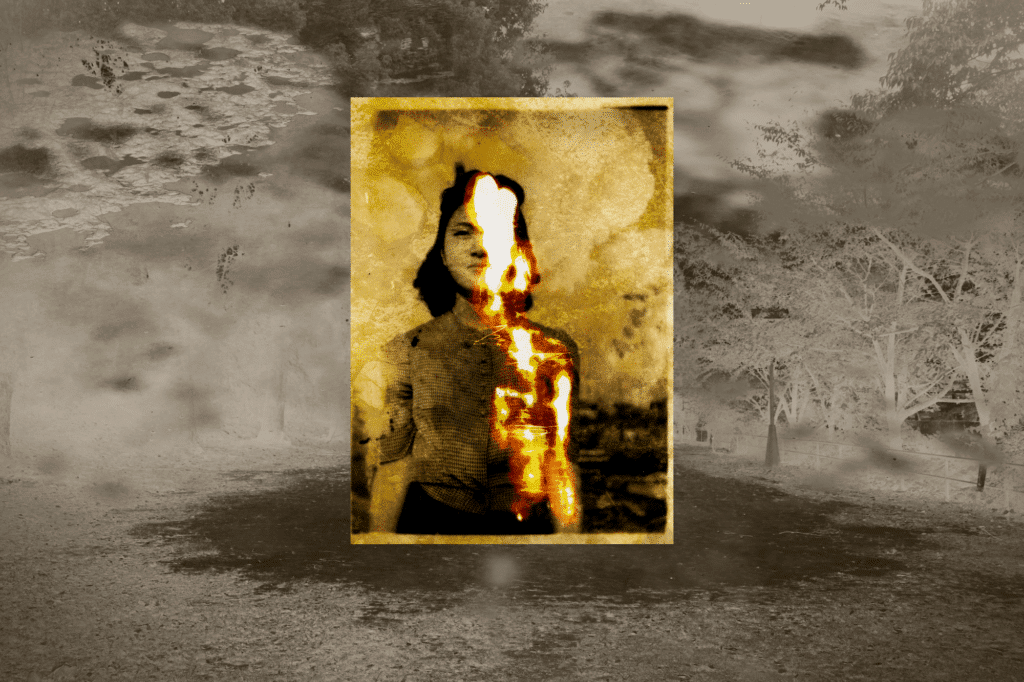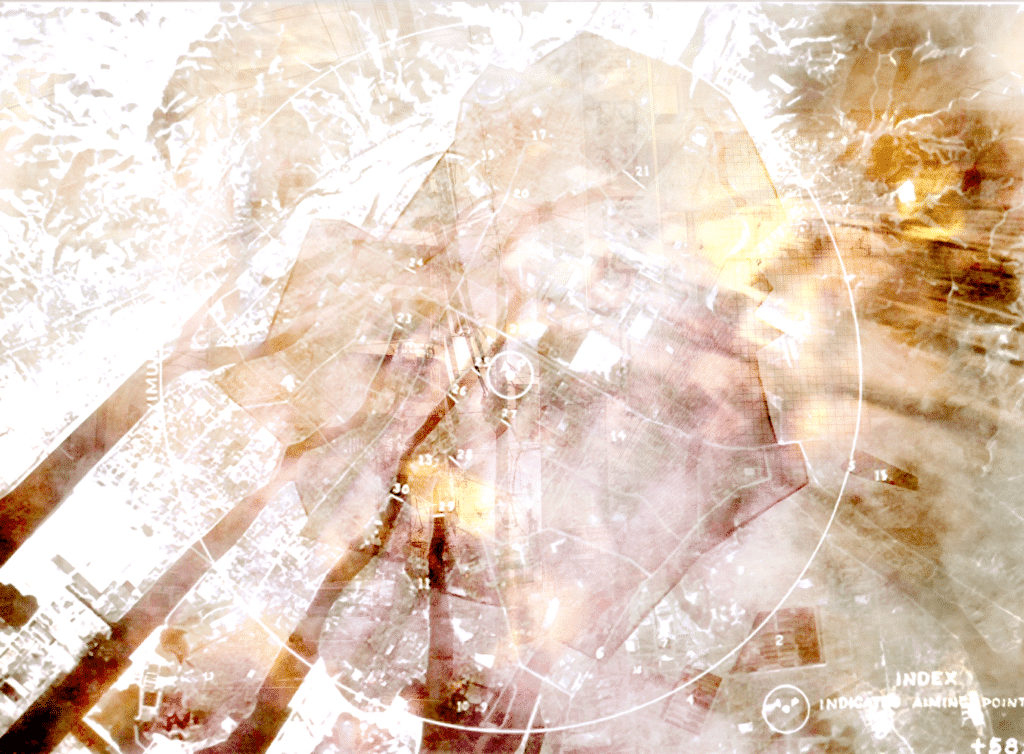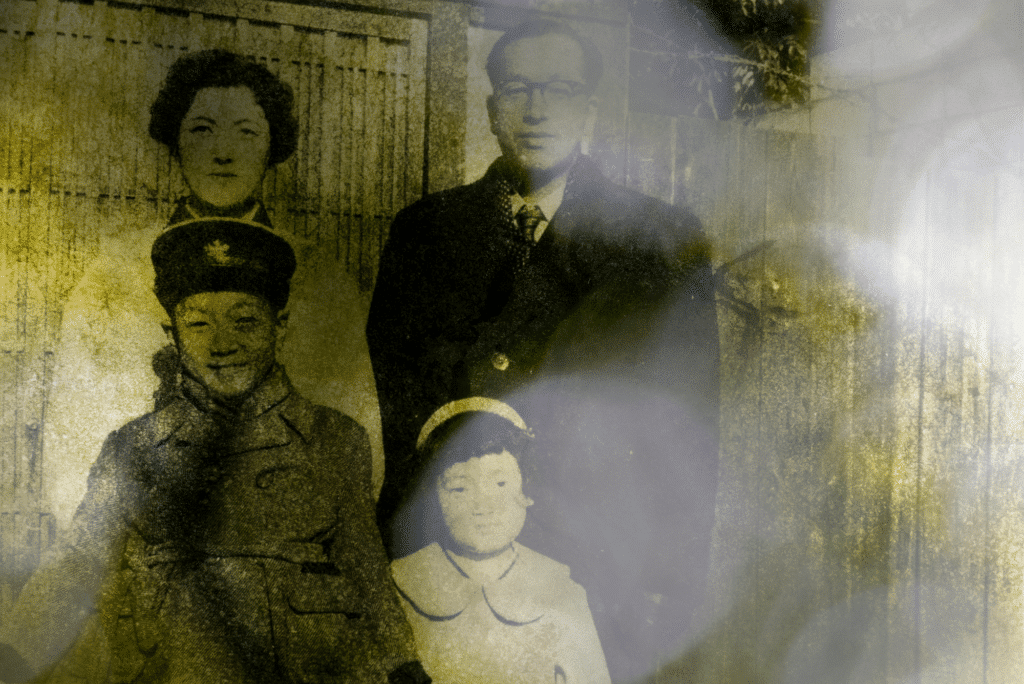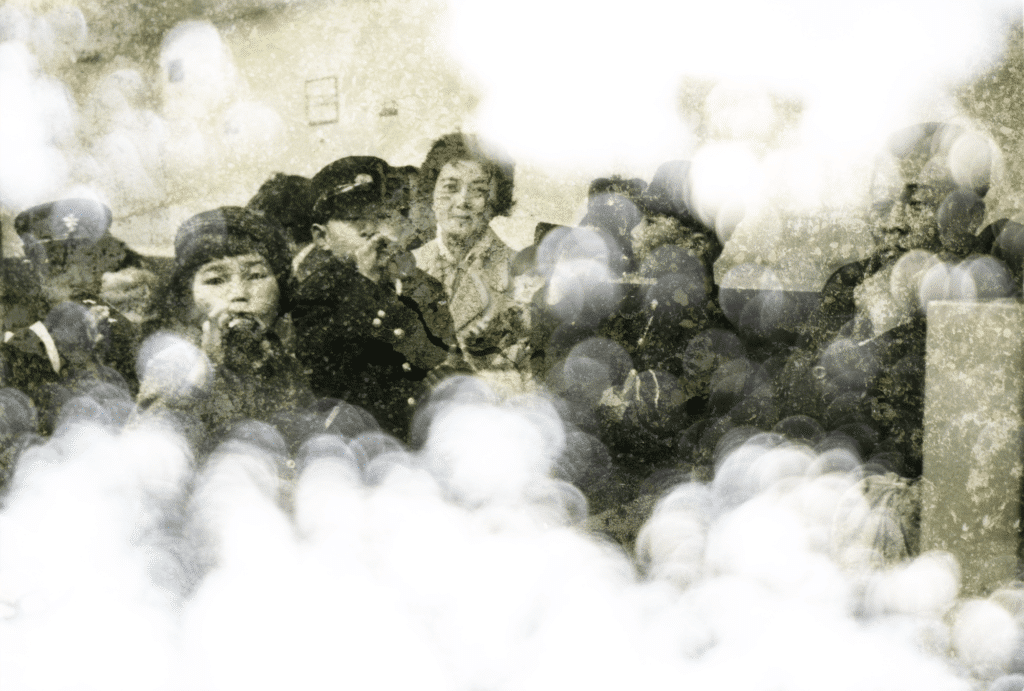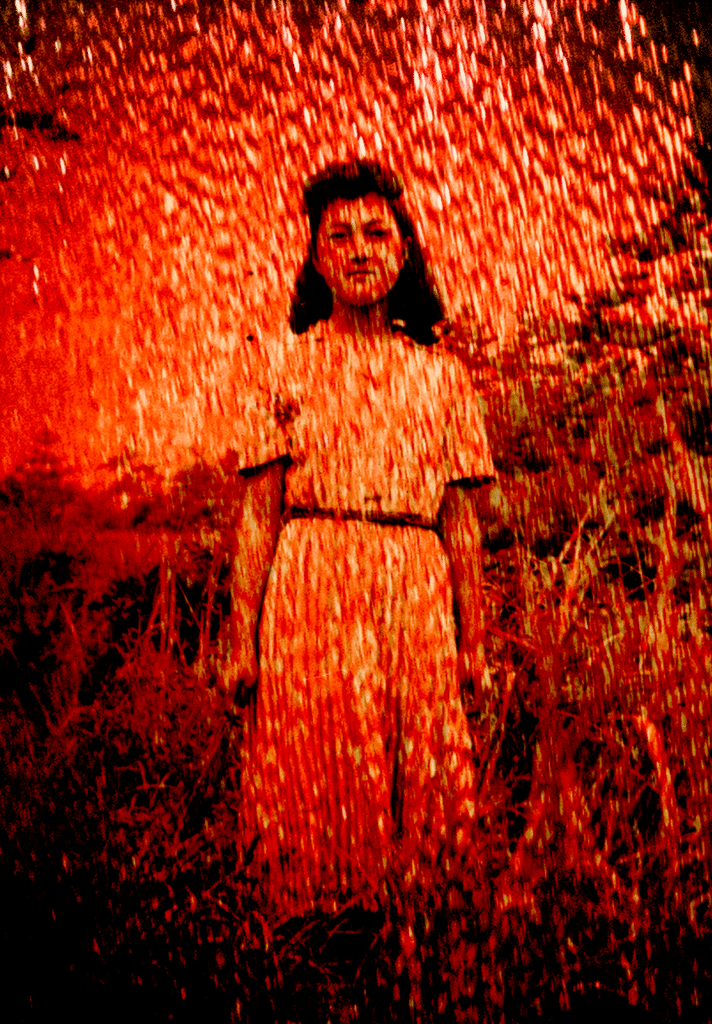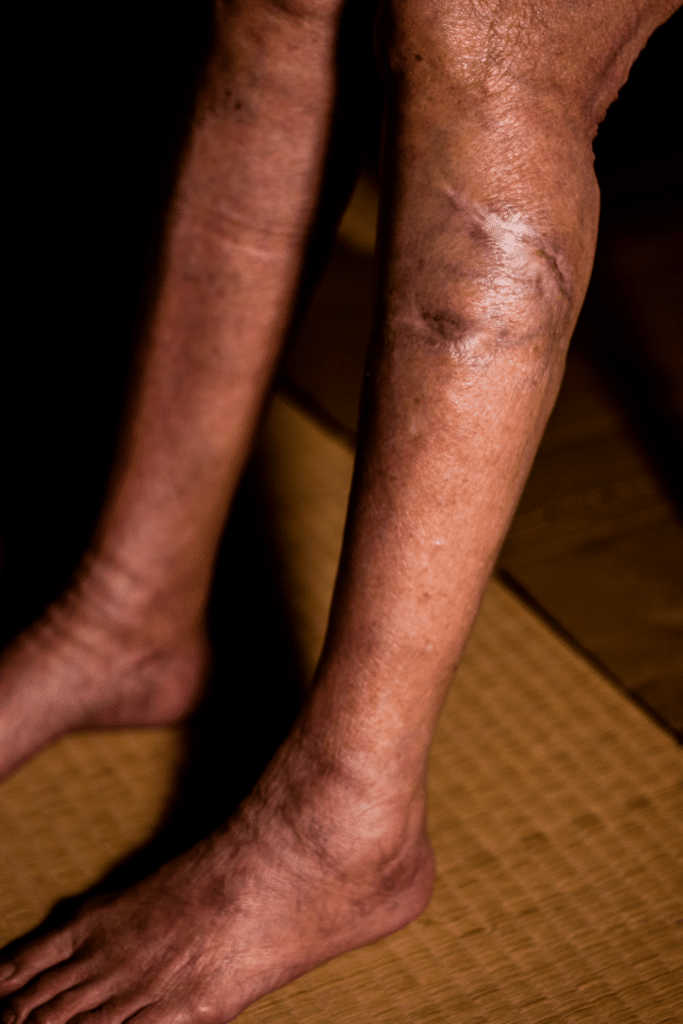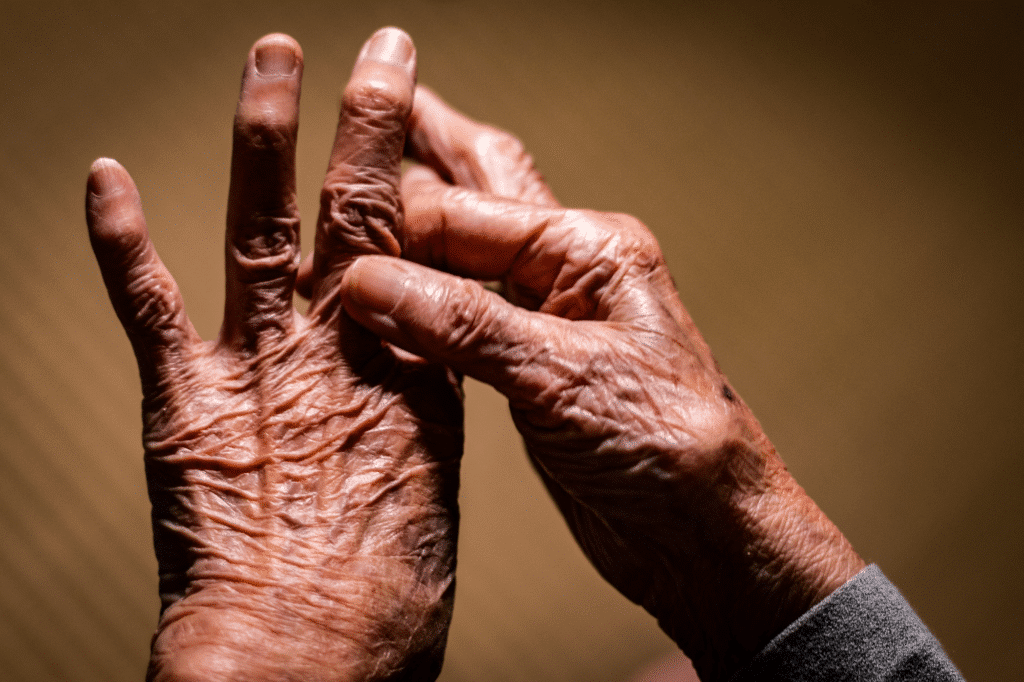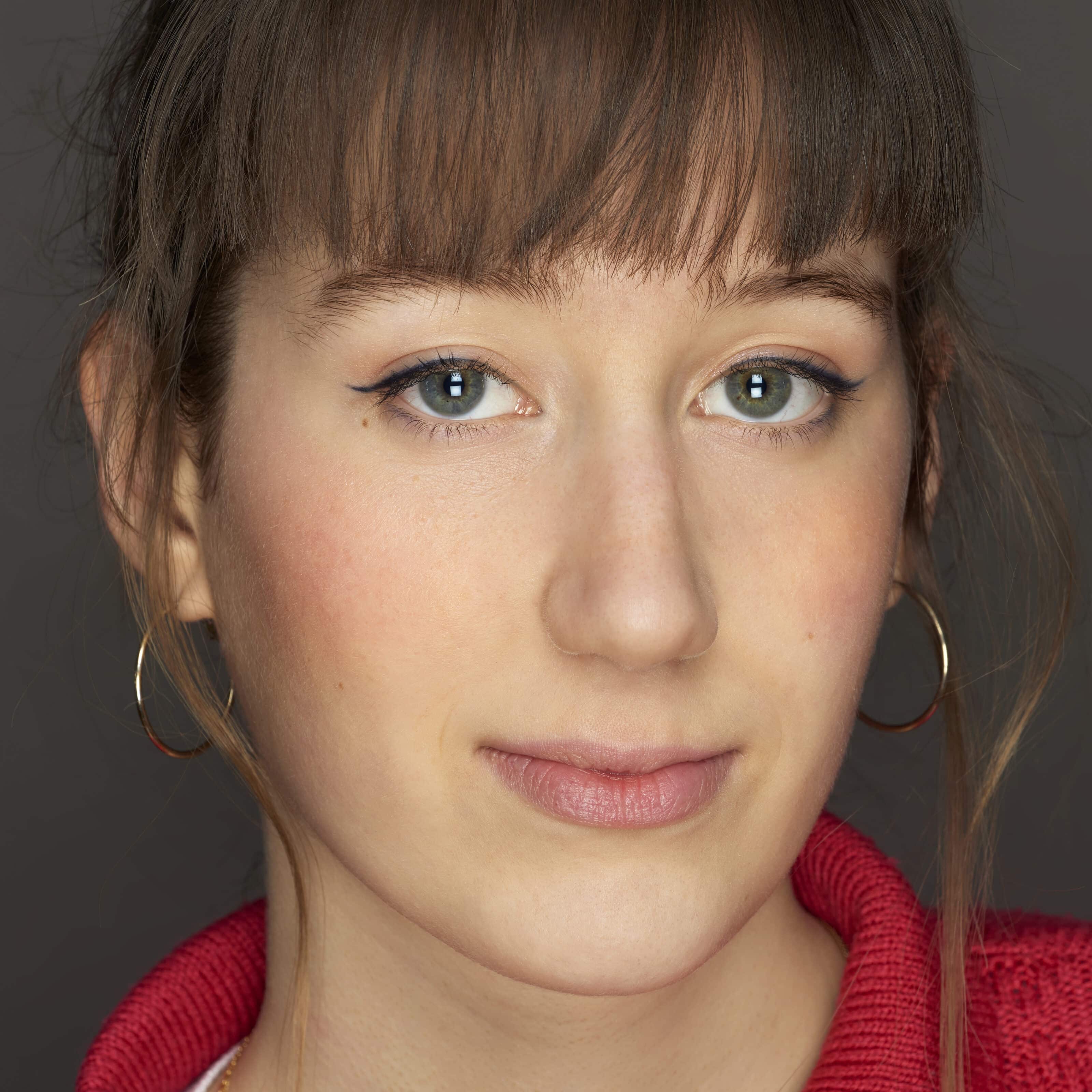Last Sunday, August 6, while millions flocked to see Christopher Nolan’s new biopic Oppenheimer, which tells the story of the “father of the atomic bomb,” Japan commemorated the seventy-eighth anniversary of the atomic bombing of Hiroshima and Nagasaki. Even today, the lives of the hibakusha, as the survivors are called, suffer from the aftereffects of radiation. In Hiroshima Graph: Everlasting Flow, Yoshikatsu Fuji traces the history of Hiroshima through the memories of his hibakusha grandmother.
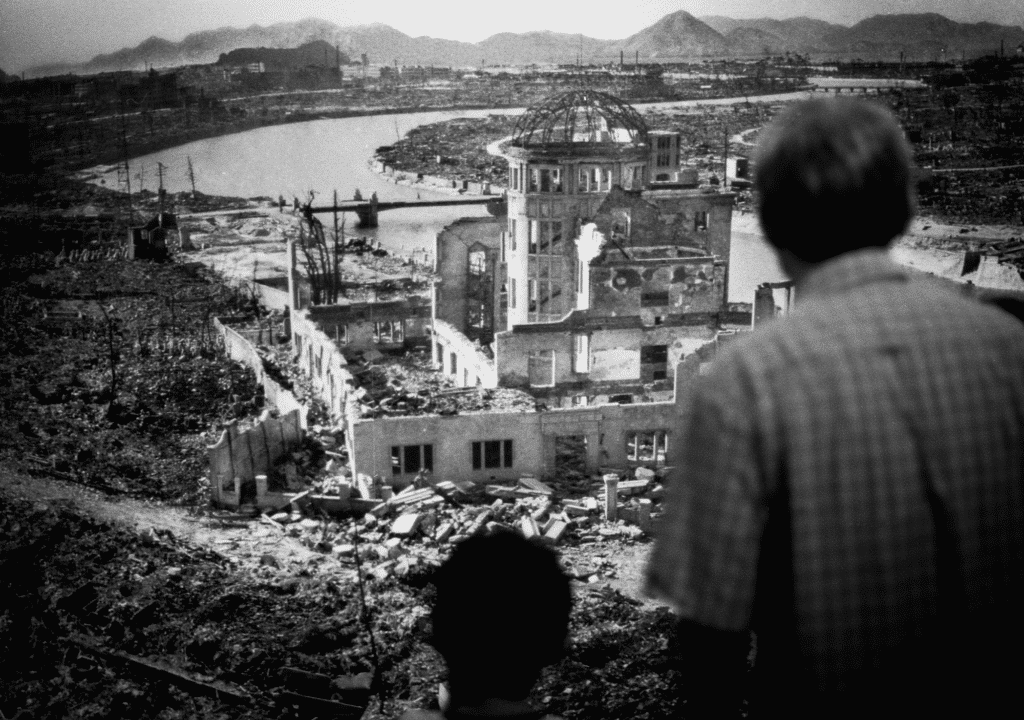
After the bomb
August 6, 1945, 8:15 a.m. A plane flies over Hiroshima. There is nothing unusual about it, as American bombers often pass over the city on their way north. But that morning, the plane was carrying a 15-kiloton atomic projectile, charged with enriched uranium-235 and bearing the nickname “Little Boy.”
After 43 seconds of free fall, the bomb exploded. There was dull thud, a blinding flash of light, and everything was razed to the ground. Chaos, screams, pain, destruction. 75,000 people died instantly: burned, buried, or injured in the shock wave. An immense mushroom cloud, spanning several miles, engulfed the city in a firestorm. A few hours after the explosion black rain smothered the flames. All that remained of Hiroshima was a field of smoldering ruins jutting through billowing smoke.
Few were those who, by a miracle, survived the disaster. They included Yoshikatsu Fuji’s grandmother. On August 6, she was less than a mile from the hypocenter of the explosion (Hiroshima’s “ground zero”) when she heard the whir of a plane passing overhead. Shortly afterwards, she was overwhelmed by an intense light and fainted. When she woke up, her house was burned to the ground and the left side of her body was pierced with shards of glass.
Like so many survivors, Yoshikatsu’s grandmother never told anyone what she had gone through.
Against silence and oblivion
Born and raised in Hiroshima, Yoshikatsu Fujii grew up with the memory of the bomb. He heard survivors’ testimonies, often at peace education programs, without ever knowing the stories of his loved ones. Naturally, he and his fellow students would observe a minute’s silence every morning of August 6.
In 2000, when he left to study art in Tokyo, he realized that to those around him, this day was unimportant. “I felt a small shock and a sense of discomfort and began to think that someday I would like to create a work of art about the atomic bombing and send it out.”
Fifteen years later, Yoshikatsu Fujii moved to Hiroshima to create Hiroshima Graph, a series of books built around historical narratives and personal stories of the city’s inhabitants. To show future generations the reality of the bomb and the war, Yoshikatsu set out to record his grandmother’s memories. She showed him her photo albums. Left in a relative’s house during the explosion, they too were saved.
Yoshikatsu immersed himself in these photos of a childhood, which spoke of a world before and without the bomb. He knew that as his grandmother’s scars faded, so would her memories. To bring them back to life and etch them forever on paper, he would chemically alter the photos, scan them again, and digitally superimpose them on other images. “I wanted to represent the effects of the atomic bombing. Not only the effects of radiation, but also the huge scars and psychological wounds that will never be healed.”
Hiroshima Graph is also the story of a family: the story of the legacy of the atomic bomb inherited by the third generation and the generations to come. It is the story of a bomb that might have kept Yoshikatsu from ever being born. It’s a tragic tale, but above all the story of a miracle, whether luck or fate, that spared his grandmother.
Hiroshima Graph: Everlasting Flow, Yoshikatsu Fujii, 314 pp, printed in 75 copies only (all made to order), signed and numbered by the artist. Available in Japanese and English. Find out more about Yoshikatsu Fujii’s work on his website.
